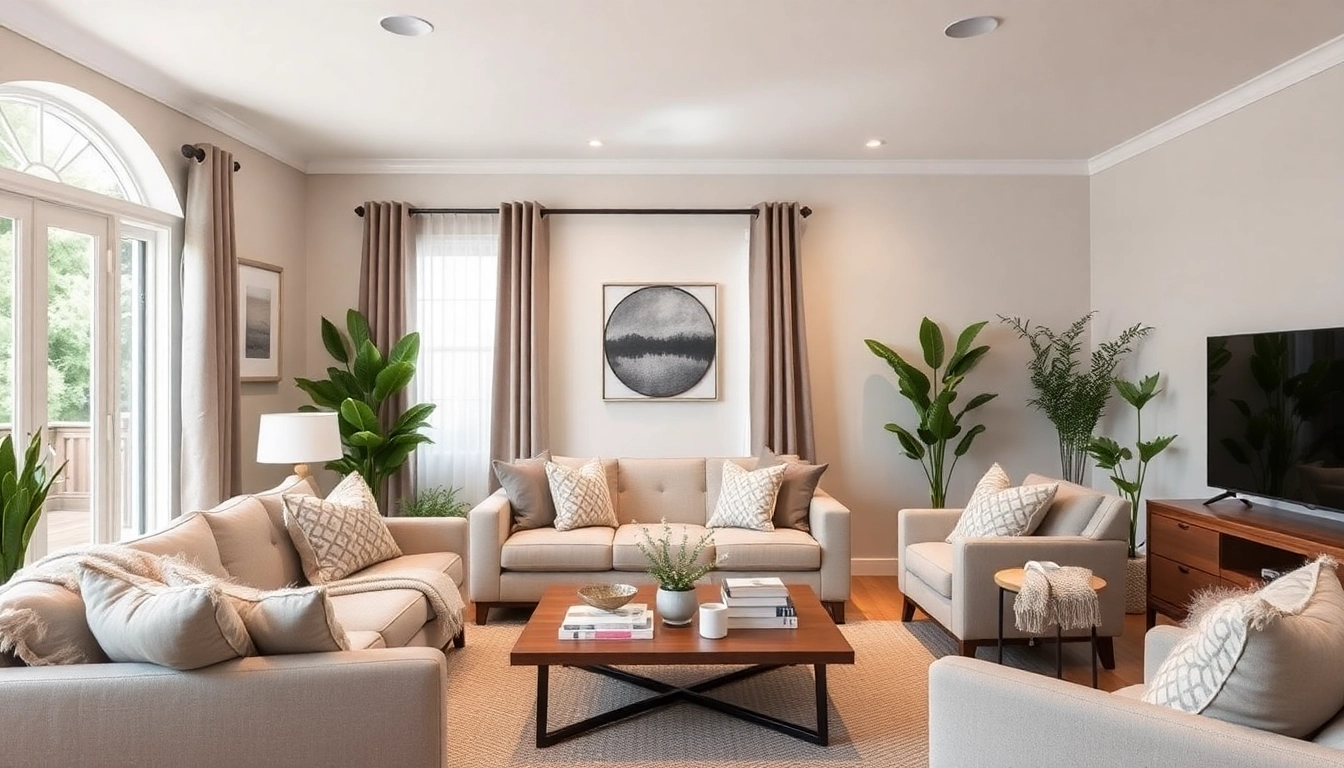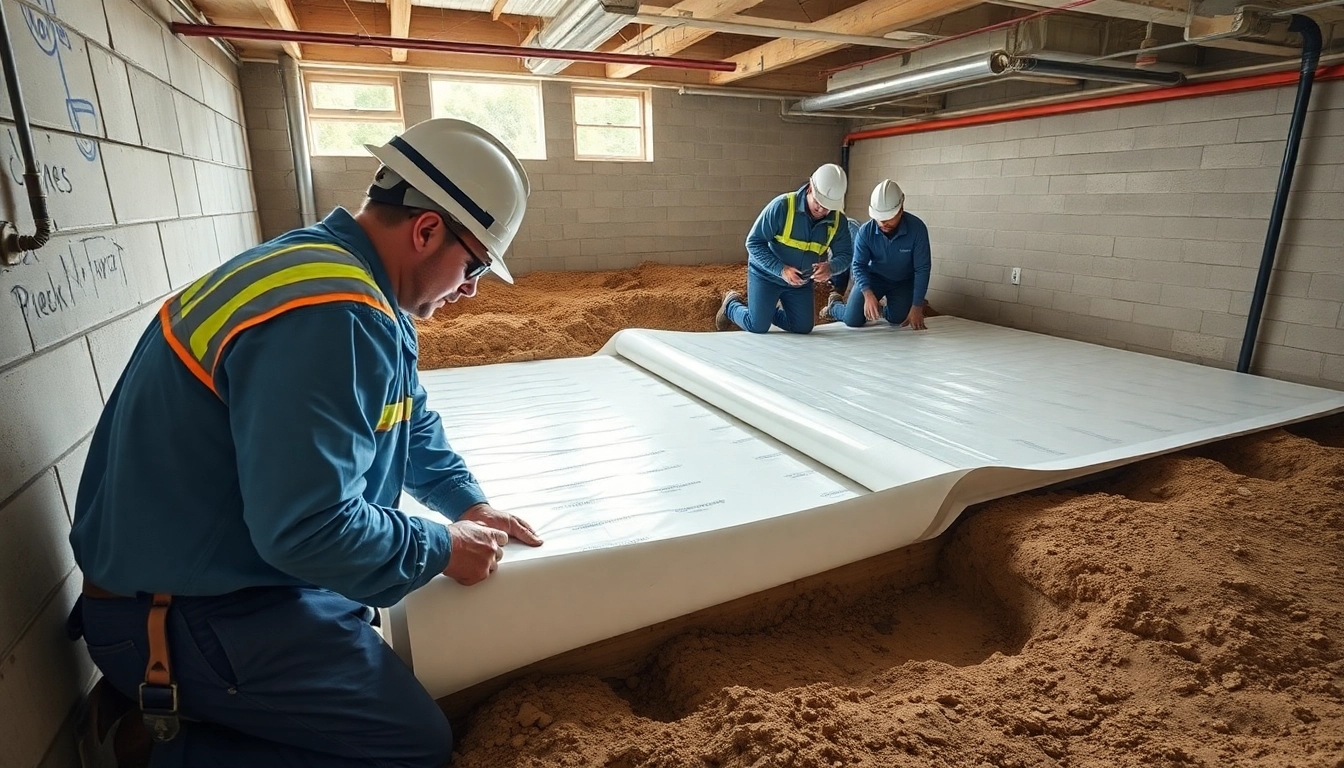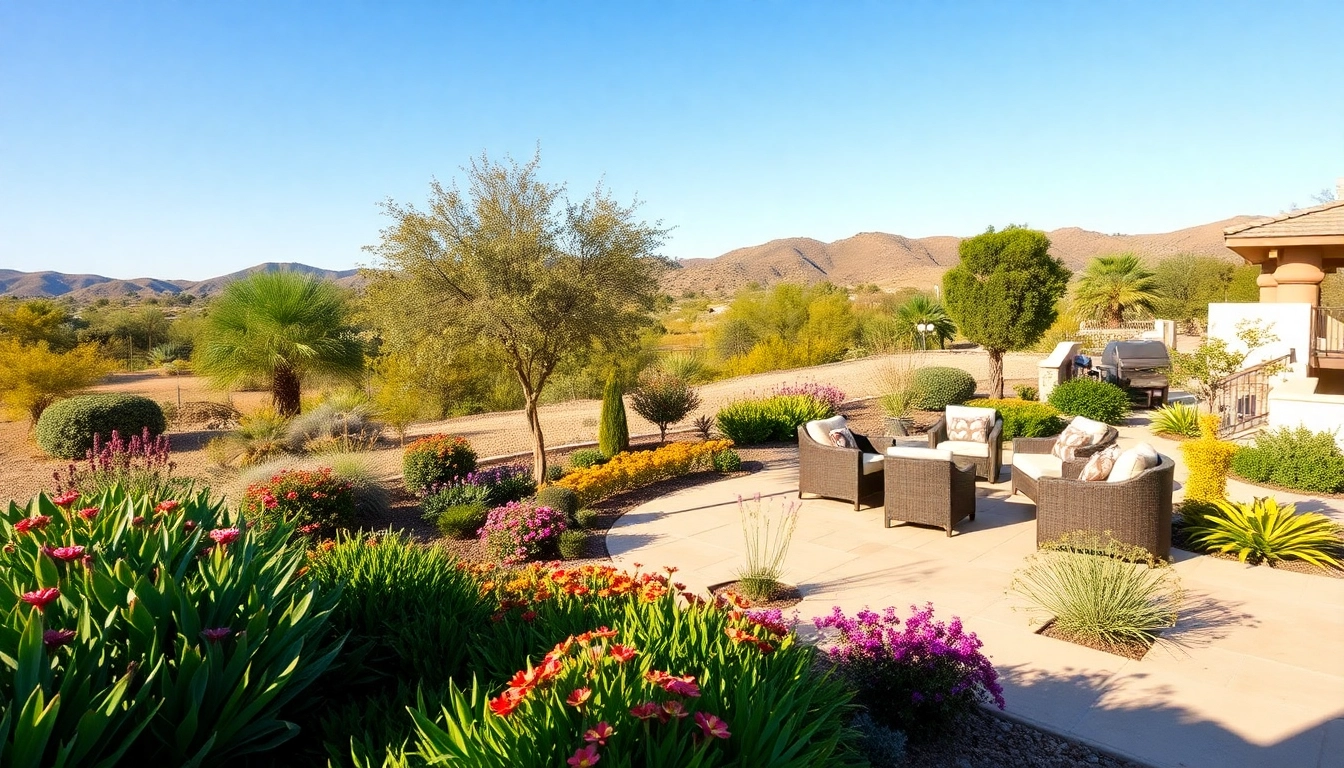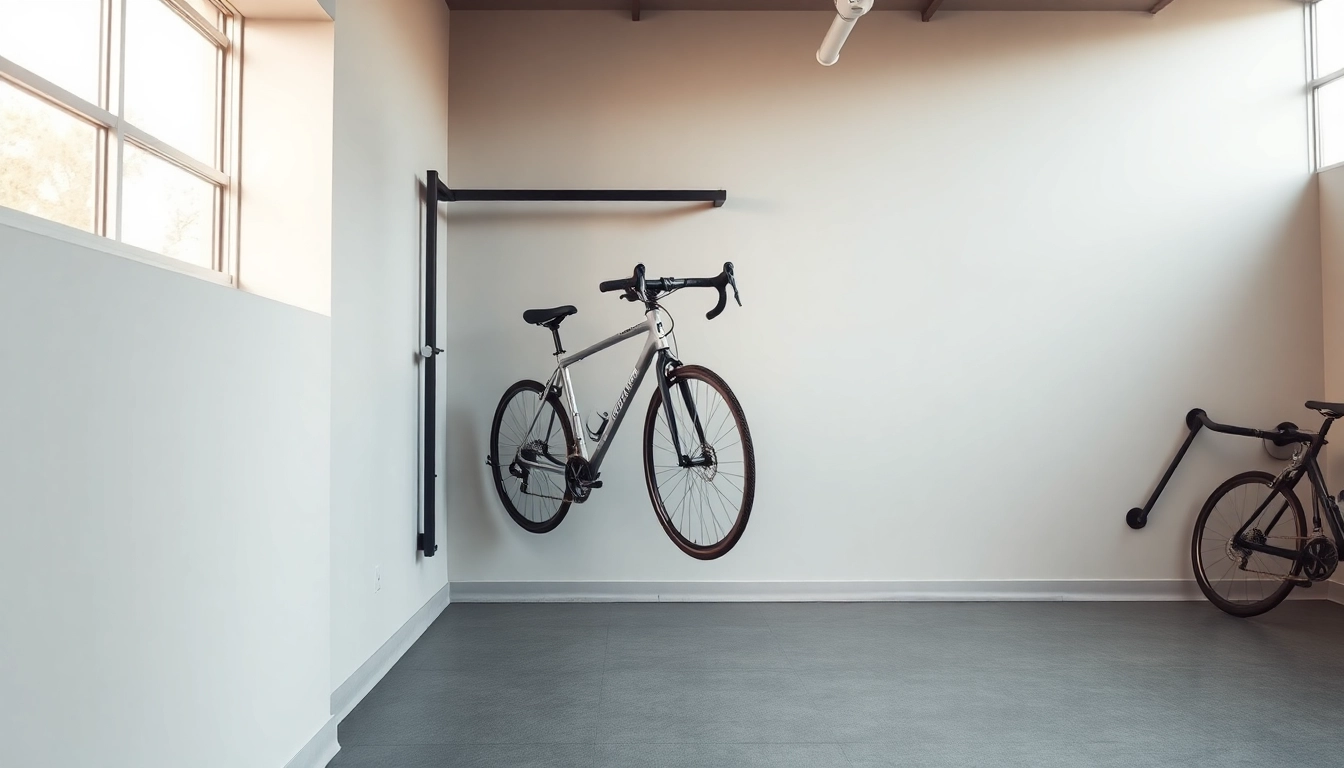Understanding the Entire Interior Concept
What is Entire Interior Design?
Entire interior design refers to a comprehensive approach to designing the internal spaces of a building, focusing on creating a unified look and feel throughout. This means considering every room as part of a cohesive plan rather than as isolated spaces. Achieving this requires thoughtful planning, understanding of space flow, color theory, and design elements.
When we talk about the entire interior, we envision a holistic transformation that ensures any design choices resonate across all areas of a home. It’s more than just aesthetics; it’s about functionality, usability, and the emotional response the space elicits.
The Importance of Cohesion in Design
Cohesion in interior design is essential because it creates a sense of flow and continuity. Disjointed aesthetics can confuse or overwhelm occupants and visitors. Cohesive design also enhances the functionality of spaces by ensuring that they work together harmoniously. For instance, while a bold statement room looks appealing, it can clash with muted decor throughout the interior. The goal should be to create a balanced atmosphere that reflects your personal style while also providing practicality.
Elements of an Entire Interior Transformation
The elements of an entire interior transformation include:
- Color Palettes: A well-thought-out color scheme can enhance the mood of your space, bringing warmth or tranquillity.
- Furniture Layout: Effective furniture placement maximizes functionality and flows between spaces.
- Lighting: Both natural and artificial lighting can transform how colors and spaces are perceived.
- Textiles and Materials: Choosing complementary textures and materials adds depth and comfort to your design.
- Personal Touches: Incorporating personal items and art can make a space unique and inviting.
Planning Your Entire Interior Design Project
Assessing Your Space and Needs
Before embarking on a design project, it is vital to conduct a thorough assessment of your space. Consider the current layout, any specific challenges you face, and your ultimate goals for the transformation. Ask yourself the following questions:
- What do I like about my current space?
- What needs to change for the interior to be more functional?
- What styles resonate with me?
Creating a Visual Design Strategy
Once you’ve assessed your needs, the next step is to develop a visual design strategy. This can include mood boards that visually represent your desired aesthetics. Utilize samples of paint colors, fabrics, and materials to help formulate a clear vision and ensure everything ties together visually before implementing any changes.
Setting a Realistic Budget
Budgeting is crucial to avoid overspending. Start by creating a budget breakdown that includes costs for materials, labor (if hiring professionals), and unforeseen expenses. The key is to prioritize your spending based on what is most important to your overall vision. Maintaining a buffer of about 10–20% is wise for unexpected costs.
Choosing Colors and Materials for Your Entire Interior
Color Psychology and Its Impact
Understanding color psychology is fundamental when choosing a palette for your interior. Colors significantly affect mood; for instance, blues and greens promote calmness, while yellows can evoke happiness. The colors you select should reflect the overall vibe you wish to create within the space.
Material Selection for Durability and Aesthetics
Choosing the right materials is vital not only for aesthetic reasons but also for durability. High-traffic areas require materials that can withstand wear and tear while maintaining their appearance over time. Consider materials like hardwood flooring, which are both attractive and durable, or high-performance fabrics for upholstery that can resist stains.
Creating a Harmonious Color Palette
To create a harmonious color palette, start by selecting a main color for the largest areas and complement it with secondary colors for accents. Ensure that the colors work well in combination, considering their hex values to ensure cohesion. Tools like color wheels can guide you in mixing and matching effectively.
Implementing Your Entire Interior Design Plan
Working with Professionals vs. DIY
The decision between working with professionals or DIYing your entire interior depends on your project complexity, budget, and personal preferences. While professionals bring expertise and experience, a DIY approach offers a personal touch and can save you money. Assess your skill set and available time to decide the best path forward.
Best Practices for Executing the Design
Executing your design plan requires following through on the details. Start with the larger elements such as flooring and painting before moving on to furniture placement and accessory choices. Always keep your foundational elements consistent to ensure everything ties into the overarching design theme.
Tips for Creating Flow and Functionality
To create flow within your interior, ensure that there’s a natural transition from one room to another. Consider open concept spaces that allow unrestricted movement. Use area rugs or furniture to define spaces while allowing pathways to be intuitive. Additionally, keeping similar styles of furniture and decor will help maintain a visual flow throughout.
Maintenance and Evolution of Your Entire Interior
Keeping Your Interior Design Fresh
Interior design is not a one-and-done project. To keep your space refreshing, regularly update aspects like accessories, art, and soft furnishings. Seasonal updates can reinvigorate your space, creating a dynamic and modern feel without extensive investment.
Adapting Your Space Over Time
Your needs will change over time, whether due to lifestyle changes, family growth, or personal tastes. Design your space with flexibility in mind, such as choosing modular furniture or adaptable layouts that can evolve as your requirements change.
Common Mistakes to Avoid
A few common pitfalls to watch out for include:
- Ignoring Scale: Always consider the proportion of furniture and decor concerning the room size.
- Over-Accessorizing: Less is often more; focus on quality rather than quantity.
- Being Trend-Driven: Choose timeless elements that complement your style instead of fleeting trends.



